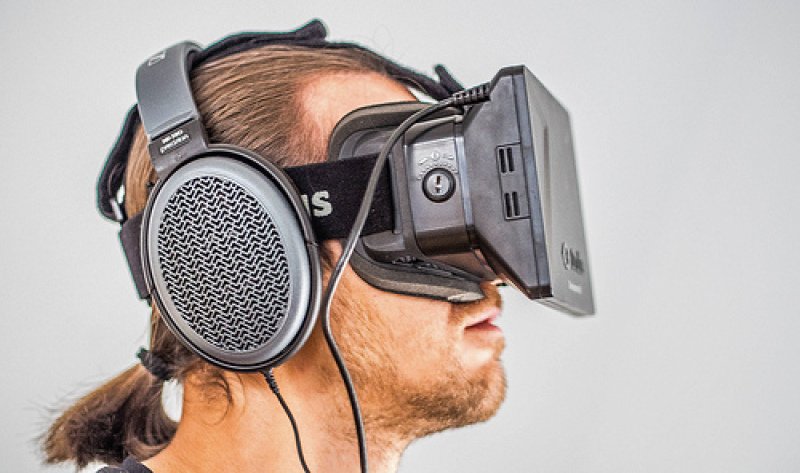
Virtual reality tech firm Oculus VR has officially unveiled the recommended system requirements for its Oculus Rift headset.
According to the company, the listed specifications will ensure that the PC's hardware can fully support the games and applications designed for the Oculus Rift.
The company noted that the PC that the VR headset will be used on should be running on Windows 7 SP1 or newer versions. It should also be equipped with the Intel i5-4590 processor or chipsets that can provide the same or even greater computing power.
For its GPU, users can go with Nvidia GTX 970 or AMD 290 graphics card. Of course, they opt for other models as long as they can provide the same or better graphics quality.
In addition, the PC should have support for HDMI 1.3 video output and two USB 3.0 ports. The rig should also have at least 8GB of RAM.
As noted by IGN, the specifications mentioned by Oculus VR are for recommended settings. The company is yet to release a new post regarding the Oculus Rift's minimum requirements.
According to a blog post by Atman Binstock, Oculus VR's chief architect and the technical director for the Oculus Rift, the system requirements for the VR headset require more power than traditional gaming systems.
He explained that the rendering costs for the Oculus Rifts runs significantly higher than conventional games for the PC platform.
"A traditional 1080p game at 60Hz requires 124 million shaded pixels per second," he stated in an Oculus blog post. "In contrast, the Rift runs at 2160x1200 at 90Hz split over dual displays, consuming 233 million pixels per second."
"At the default eye-target scale, the Rift's rendering requirements go much higher: around 400 million shaded pixels per second," Binstock continued. "This means that by raw rendering costs alone, a VR game will require approximately [3 times] the GPU power of 1080p rendering."
The Oculus Rift does not yet have an official release date but the company is targeting to ship its consumer version sometime during the first quarter of 2016. The headset's pre-order process will begin before this year ends.



















